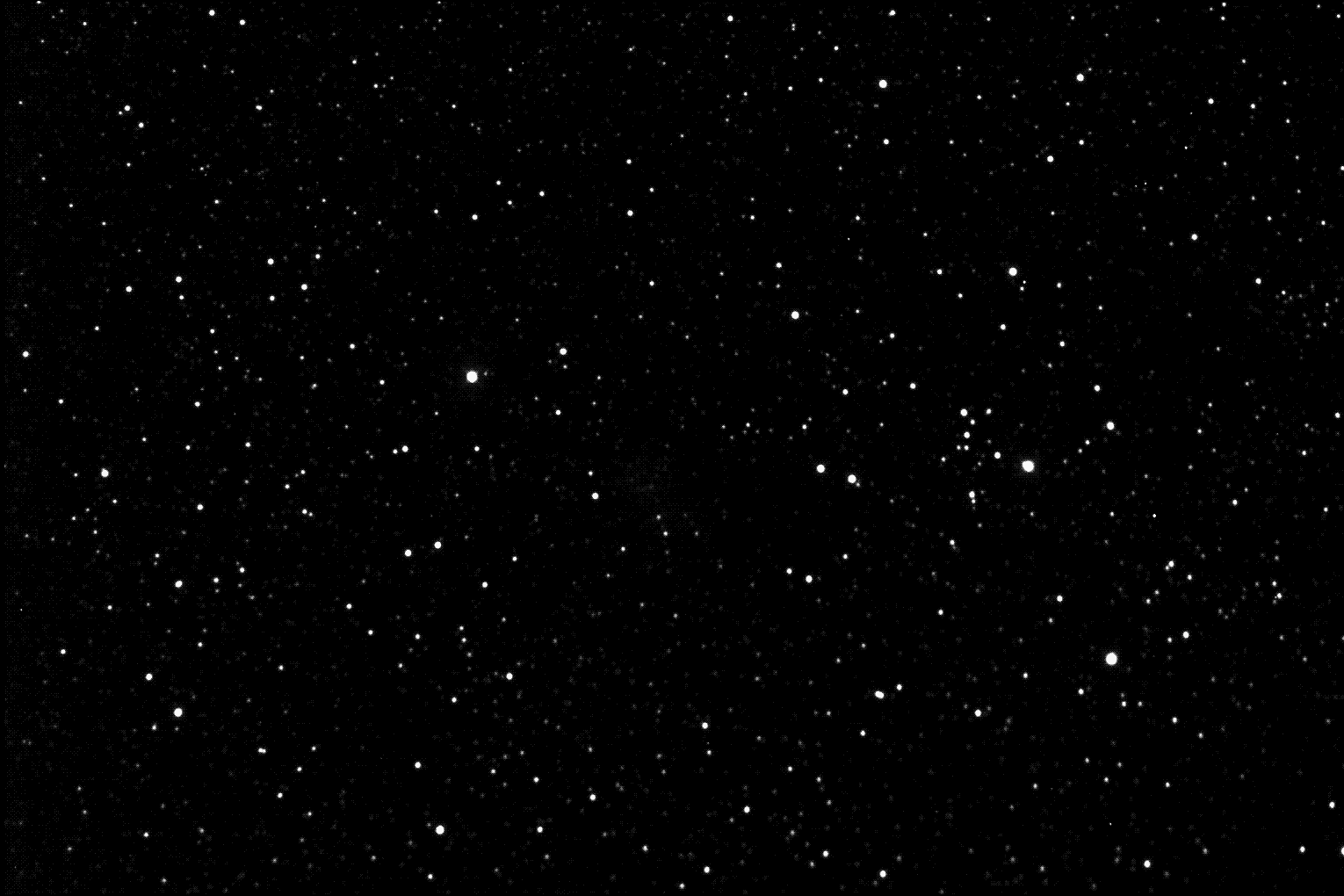
Return to Short Projects and Targets of Opportunity
Messier 27 (NGC 6853) or the Dumbell Nebulae is perhaps the most conspicuous of the planetary nebula and was the first to be discovered. Planetary Nebulae are formed by a "dying" star shedding its outer layers in a series of stellar explosions, leaving a 'halo' of gas and a white dwarf star in the centre.
Although imaged very frequently by both amateur and professional astronomers little attention has been taken of the very red stars that can be found in large numbers in the immediate neighbourhood of M27. The aim of this short project was to identify these stars and to then monitor them for a minimum of 12 months to see if they were variable in brightness.
This project will run from October 2007 until October 2008.

Combination of 3 images - 120s green, 120s IR and 120s IR with suspected long period variables identified
| # | Right Ascension | Declination |
| 1 | 20 00 56.3 | +22 26 32.8 |
| 2 | 19 59 18.4 | +22 30 14.9 |
| 3 | 19 59 06.1 | +22 31 04.9 |
| 4 | 20 00 32.5 | +22 40 15.3 |
| 5 | 19 59 24.6 | +22 41 59.7 |
| 6 | 19 59 29.7 | +22 45 13.0 |
| 7 | 20 00 03.0 | +22 46 51.6 |
| 8 | 19 58 02.9 | +22 49 29.6 |
| 9 | 19 59 12.1 | +22 56 43.0 |
In collaboration with the Remote Astronomical Society Observatory
Martin Nicholson - Daventry, United Kingdom.
This page was last updated on November 5th 2007.